Burmese golden rasbora - Microdevario gatesi
Scientific name: Microdevario gatesi
Common name: Burmese golden rasbora
Family: Cyprinidae
Usual size in fish tanks: 2 - 3 cm (0.79 - 1.18 inch)
014
Recommended pH range: 6.2 - 7
Recommended water hardness: 5 - 13°N (89.29 - 232.14ppm)
0°C 32°F30°C 86°F
Recommended temperature range: 22 - 27 °C (71.6 - 80.6°F)
The way how these fish reproduce: Spawning
Where the species comes from: South Asia
Temperament to its own species: peaceful
Temperament toward other fish species: peaceful
Usual place in the tank: Top levels
Overview
The Burmese Golden Rasbora (Microdevario gatesi) is a small, peaceful, and brightly colored fish ideal for nano and community aquariums. Native to the freshwater habitats of Southeast Asia, their shimmering golden hues and active schooling behavior make them a delightful addition to any tank.
Origin and Natural Habitat
These rasboras are native to the slow-moving freshwater streams and rivers of Burma (Myanmar), Malaysia, and Singapore. They thrive in environments rich in vegetation and subdued lighting.
Appearance and Size
Burmese Golden Rasboras display a beautiful golden-yellow coloration with hints of orange, especially in males. They are very small, typically reaching 2-3 cm (0.79-1.18 inches) in length, making them ideal for nano tanks.
Tank Requirements
- Tank Size: A minimum of 20 liters (5 gallons) is recommended, though larger tanks are preferred to allow for schooling behavior.
- Water Parameters:
- pH: 6.2 - 7.0
- Water Hardness: 5 - 13°N (89 - 232 ppm)
- Temperature: 22 - 27°C (71.6 - 80.6°F)
- Tank Setup: Provide a well-planted aquarium with floating plants to diffuse light and create a natural habitat. Include open spaces for swimming and ensure the water flow is gentle.
Temperament and Tank Mates
Burmese Golden Rasboras are peaceful and thrive in community tanks with other non-aggressive fish. Suitable tank mates include small tetras, guppies, Corydoras catfish, and other small rasboras like Harlequin Rasboras. Avoid housing them with larger or aggressive species, as their small size makes them vulnerable.
They are schooling fish and should be kept in groups of at least five to promote natural behavior and reduce stress.
Feeding and Diet
These rasboras are omnivorous and will readily accept a variety of foods:
- High-quality flake food as a staple diet
- Live or frozen foods such as micro worms, white worms, and brine shrimp to enhance coloration and health
- Offer these treats at least twice a week for best results
Sexing
Males are more slender and display brighter coloration compared to the females, who have a slightly fuller body shape.
Breeding
Breeding Burmese Golden Rasboras is relatively straightforward with the right conditions:
- Separate males and females for a couple of days before introducing them into the breeding tank.
- Introduce the male into the tank the evening before spawning is expected.
- Keep the water level low (about 5-6 inches or 12-15 cm) and add floating plants to diffuse light and aid egg scattering.
- Once spawning is complete, remove the parents to prevent them from eating the eggs.
- The eggs will hatch in 24-36 hours, and once the fry are free-swimming, feed them with infusoria until they are large enough for newly hatched brine shrimp.
Lifespan
With proper care, Burmese Golden Rasboras can live up to 8 years in captivity, making them a long-term commitment for nano tank enthusiasts.
Conclusion
The Burmese Golden Rasbora (Microdevario gatesi) is a vibrant and peaceful addition to any nano or community aquarium. Their shimmering colors and active schooling behavior make them a joy to watch. With the right environment, diet, and companions, these tiny fish will thrive and bring a touch of golden beauty to your tank.
Picture
Bought by aqua-fish.net from jjphoto.dk.
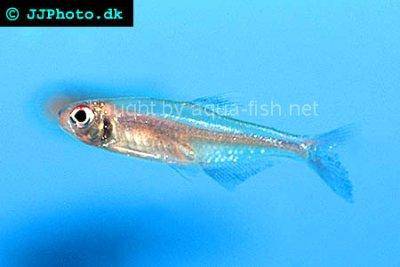

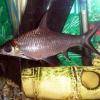 Bala
Bala 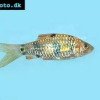 Spotted
Spotted 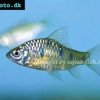 Golden
Golden 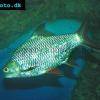 Tinfoil
Tinfoil 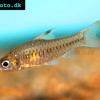 Congo
Congo 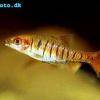 Blue-barred
Blue-barred 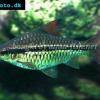 African
African 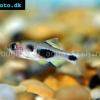 Butterfly
Butterfly 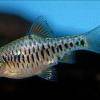 Olivegreen
Olivegreen 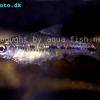 Morse
Morse 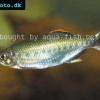 Jerdon’s
Jerdon’s 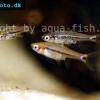 Mosquito
Mosquito 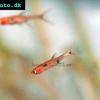 Dwarf
Dwarf 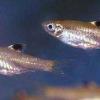 Eyespot
Eyespot 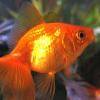 Goldfish
Goldfish 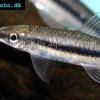 Penguin
Penguin 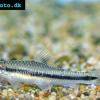 Siamese
Siamese 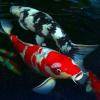 Koi
Koi 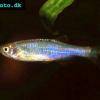 Pearl
Pearl 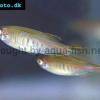 Glowlight
Glowlight 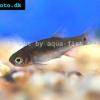 Crossbanded
Crossbanded 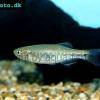 Yoma
Yoma 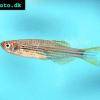 Orange
Orange 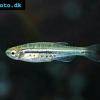 Dwarf
Dwarf 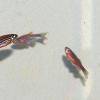 Zebra
Zebra 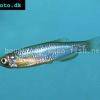 Rose
Rose 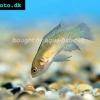 Red
Red 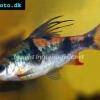 Arulius
Arulius 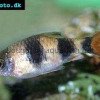 Tambraparni
Tambraparni 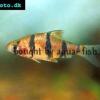 Fiveband
Fiveband 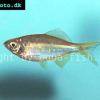 Bengal
Bengal 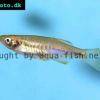 Tiger
Tiger 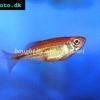 Malabar
Malabar 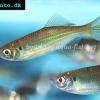 Queen
Queen 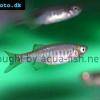 Hora
Hora 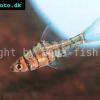 False
False 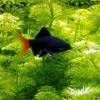 Redtail
Redtail 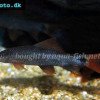 Rainbow
Rainbow 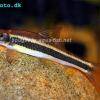 Flying
Flying 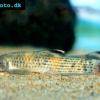 Garra
Garra 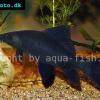 Black
Black 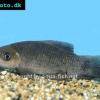 Purple
Purple 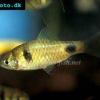 Dwarf
Dwarf 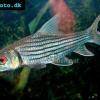 Isok
Isok 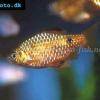 Rosy
Rosy 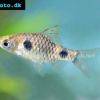 Two
Two 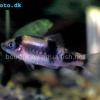 Melon
Melon 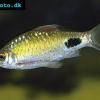 Black-spot
Black-spot 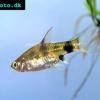 Golden
Golden 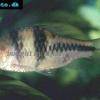 T-Barb
T-Barb 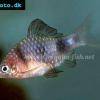 Ruby
Ruby 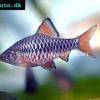 Checkered
Checkered  Rhomb
Rhomb 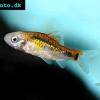 Gold
Gold 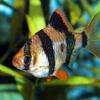 Tiger
Tiger 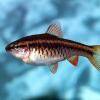 Cherry
Cherry 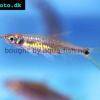 Brittan’s
Brittan’s 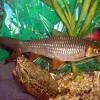 Greater
Greater 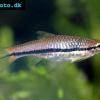 Long-band
Long-band 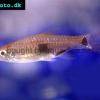 Twospot
Twospot 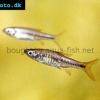 Reticulate
Reticulate 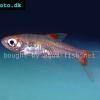 Cherry
Cherry 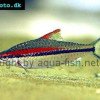 Denison
Denison 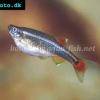 White
White 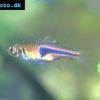 Lambchop
Lambchop 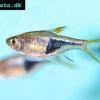 Harlequin
Harlequin